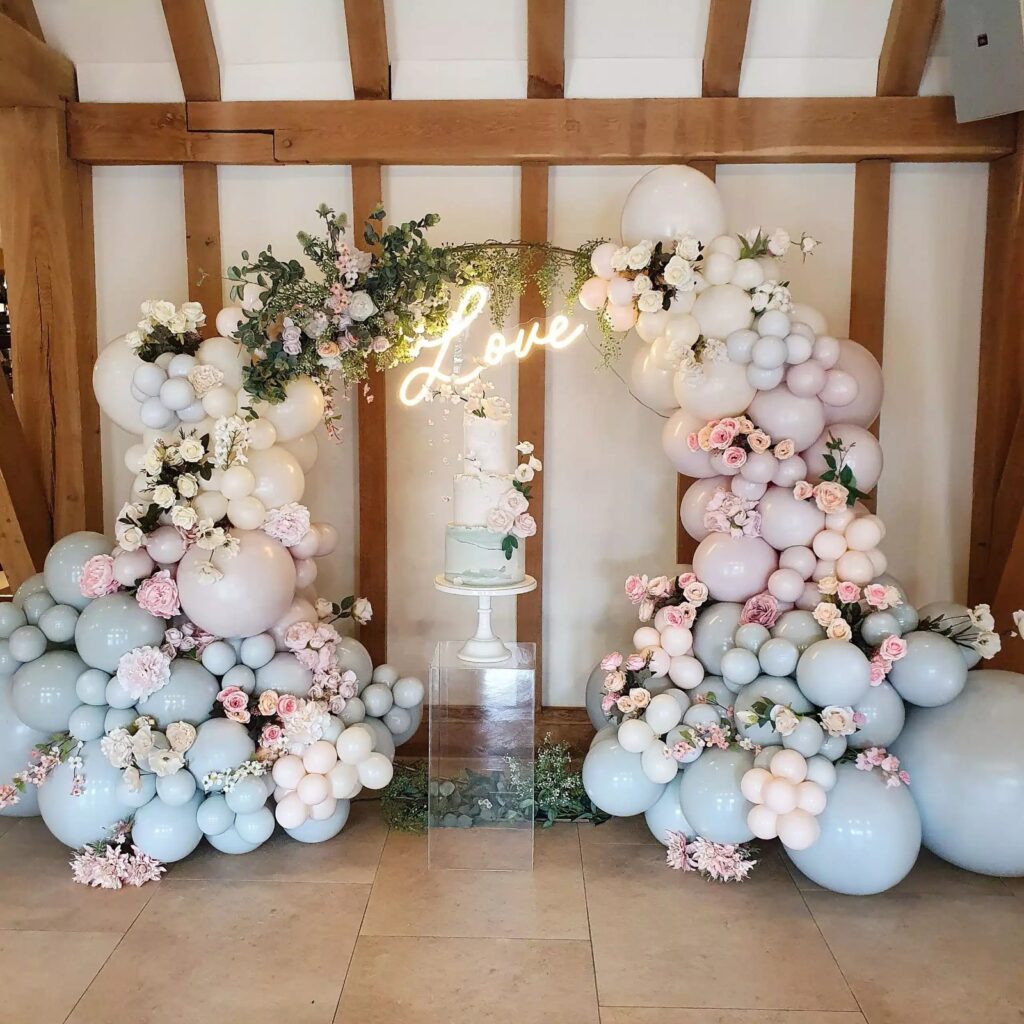Understanding Minimalism Beyond Decluttering
Minimalism often gets mistaken for aesthetic minimalism—white walls, tidy drawers, and bare countertops. But its true essence is about subtraction with intention. It’s a way of life rooted in purpose: eliminating the excess to focus on what truly adds value. For someone in recovery, minimalism becomes more than a design choice—it’s a foundational shift toward clarity and healing.
Minimalism offers emotional spaciousness. It asks us to examine every obligation, possession, and thought, and decide whether it serves our recovery or hinders it. This form of conscious living can be liberating, especially when one is relearning how to move through life sober and self-aware.
The Principles of Intentional Living
Intentional living asks a simple but profound question: “Why am I doing this?” Whether it’s the food we eat, the people we keep close, or the media we consume, every choice either aligns with our values—or distracts from them.
In recovery, intentionality is a tool for staying grounded. It helps replace the chaos of substance use with rituals and routines that reinforce self-worth. This means saying “yes” only when it’s a true yes. It means choosing silence over noise, rest over hustle, healing over hiding.
How Recovery Aligns with Minimalist Values
Minimalism and recovery are not just compatible—they’re kindred paths. Both involve letting go of what’s no longer serving you. They require radical honesty, a willingness to part with the familiar, and a vision for something better.
Recovery strips away false identities and crutches. Minimalism does the same with distractions. The goal isn’t absence—it’s presence. Many women find that a faith-based women’s rehab provides the kind of structure and clarity that nurtures both spiritual growth and minimalist values. It’s about choosing simplicity—not for simplicity’s sake, but for healing.
Simplifying Life Post-Recovery
The Role of Routine and Structure
Routines offer something that chaos never can: stability. In early recovery, routine can be the scaffolding that holds a fragile life together. But in sustained recovery, routine becomes a way to thrive.
Morning rituals, planned meals, bedtime boundaries—each habit is a small, steady signal that says, “I’m worth caring for.” And when life throws curveballs, structure makes it easier to respond instead of react. Routine isn’t rigid—it’s liberating.
Eliminating Toxic Relationships and Environments
Sobriety often reveals what was hiding in plain sight: the relationships that drain us, the spaces that trigger us, the conversations we avoid because they hurt. Recovery demands a ruthless inventory—not out of cruelty, but out of necessity.
Toxicity doesn’t always scream. Sometimes, it whispers in codependence or self-doubt. Letting go of harmful influences might mean ending friendships or even leaving places we once called home. It’s hard. But every boundary set is a step toward freedom.
Focusing on Purposeful Activities
Boredom is dangerous in recovery. But not all activity is productive. Purposeful activities have direction—they’re aligned with who you’re becoming. They fill your schedule and your soul.
Creative pursuits. Volunteering. Learning something new. These aren’t just distractions; they’re declarations of hope. And for those who resonate with faith-centered recovery, Christian addiction recovery can add a layer of purpose that transcends personal healing—it connects individual growth with spiritual calling.
Building a Supportive Minimalist Community
The Importance of Like-Minded Support Systems
No one heals alone. Recovery thrives in community. But the right community matters. A supportive minimalist circle values presence over performance. These are people who won’t just applaud your successes, but challenge your clutter—both physical and emotional.
Like-minded support creates a shared language of simplicity. Conversations become deeper. Relationships become mutual sanctuaries. And setbacks? They become shared stories, not private failures.
Integrating Faith and Minimalism in Daily Life
Faith and minimalism both ask us to trust in unseen things. Minimalism trusts that less is more. Faith trusts that surrender leads to freedom.
Daily faith practices—prayer, scripture reading, journaling—aren’t just rituals. They’re grounding points. When integrated with minimalist living, they help individuals focus on eternal truths instead of fleeting wants. Faith reframes minimalism from a trend into a testament.
Resources and Communities for Continued Growth
Support doesn’t end when a program does. Sustained recovery requires sustained input. This is where faith-based support groups, minimalist forums, and tailored recovery programs intersect.
For many women, a women’s Christian rehab offers a safe space to continue building these habits with mentorship and spiritual guidance. Connection is the antidote to relapse—and the foundation of a simpler life.
Practical Steps to Maintain a Minimalist Lifestyle in Recovery
Setting Boundaries and Priorities
Boundaries aren’t walls. They’re doors you choose to open or close based on your values. In recovery, setting boundaries is often the difference between growth and stagnation.
Start small. Limit your exposure to toxic media. Say no to overcommitment. Reserve your mornings for yourself. Protect your peace like your life depends on it—because in many ways, it does.
Mindful Consumption and Decision Making
Every purchase, message, and commitment carries weight. In recovery, decision fatigue can lead to poor choices. Mindful consumption is the antidote.
Before adding anything to your cart, calendar, or plate, ask: Does this nourish me? Does it align with the life I want to build? Awareness isn’t about guilt—it’s about guidance.
Continuous Reflection and Personal Growth
Minimalist recovery isn’t a one-time purge. It’s a lifelong practice. Reflection fuels growth. Take regular inventory—not just of your closet, but of your emotions, goals, and spiritual health.
Journaling is powerful. So is talking with a sponsor or spiritual mentor. Continuous growth means we’re always pruning, always tending, always becoming.
Real-Life Stories: Transformations Through Minimalism and Faith
Testimonials of Women Who Found Clarity
“Before I learned to live simply, I thought recovery meant constant struggle. But when I removed everything that didn’t align with God’s purpose for me, I found peace I’d never known.”
These words echo countless testimonies. Women who started in pain, entered into faith-filled environments, simplified their lives, and came out stronger, clearer, and more joyful.
Challenges Faced and Overcome
The journey wasn’t smooth. Minimalism brought loneliness. Faith raised questions. Recovery unveiled wounds. But through each challenge, these women leaned into structure, community, and purpose. That’s the power of integrated healing.
Lessons Learned and Advice for Others
“Start with one drawer. Then one toxic person. Then one habit. Don’t try to change everything at once—just change the next right thing.”
The women who’ve succeeded in this path all emphasize grace over perfection. They remind others: it’s okay to start over, again and again.
Integrating Minimalist Practices into Everyday Life
Daily Habits That Reinforce Recovery
Tiny rituals build lasting change. Wake up early. Read scripture before reaching for your phone. Take walks without earbuds. End your day with reflection. These simple acts are anchors.
Consistency, not intensity, is what sustains sobriety and simplicity.
Creating a Peaceful and Purposeful Living Space
Your environment is either a trigger or a teacher. A cluttered room creates anxiety. A curated space invites stillness. Declutter with intention—not to impress, but to breathe.
Surround yourself with reminders of your “why”—photos, scriptures, affirmations. Let your home reflect your healing.
Embracing Simplicity in Relationships and Commitments
Not every invitation needs a yes. Not every friendship deserves full access. Recovery invites selectivity.
Cultivate relationships that echo your values. Say yes to what builds. Say no to what breaks. Simplicity isn’t selfish—it’s stewardship.
Resources for Further Exploration
Books and Articles on Minimalism and Recovery
- The More of Less by Joshua Becker
- Soulful Simplicity by Courtney Carver
- Articles on intentional living in faith-centered contexts
Faith-Based Programs and Workshops
Seek out retreats and workshops that offer spiritual grounding with practical life skills. These spaces allow for deep reflection and communal growth.
Online Communities and Support Groups
Join forums and groups that focus on both recovery and minimalism. Spaces that prioritize shared wisdom, encouragement, and non-judgment are goldmines for transformation.
Moving Forward: A Life of Purpose and Simplicity
Setting Long-Term Goals Aligned with Minimalist Values
What kind of life do you want to look back on? Use that vision to shape your goals. Let minimalism and faith guide your dreams—not just your to-do lists.
Set goals that feel like you: generous, focused, bold.
Celebrating Milestones and Progress
Every sober day, every decluttered space, every boundary kept—celebrate it. Recovery isn’t about perfection. It’s about progress. And progress deserves joy.
Keep a journal of wins. Share your victories. Build rhythms of gratitude.
Encouraging Others on Their Journey
Your story matters. Whether whispered in a support group or shouted from a stage, your experience can change lives.
Share what you’ve learned. Offer hope. Be the reminder someone else needs that simplicity heals.
Reflecting on the Journey: Embracing a New Chapter
The Ongoing Process of Growth and Simplification
You’re never finished. That’s the beauty of it. Growth is circular, not linear. Each season invites new layers of healing, deeper levels of simplicity.
Stay curious. Stay humble.
Staying Committed to Intentional Living
Distractions will call. Old habits will tempt. But your “why” is stronger.
Return to your core values. Recommit as often as needed. Intentional living is a daily decision.
Inspiring Others Through Personal Transformation
Your quiet courage, your peaceful home, your centered spirit—they speak volumes. You don’t need to preach. Just live fully. That’s inspiration enough.






